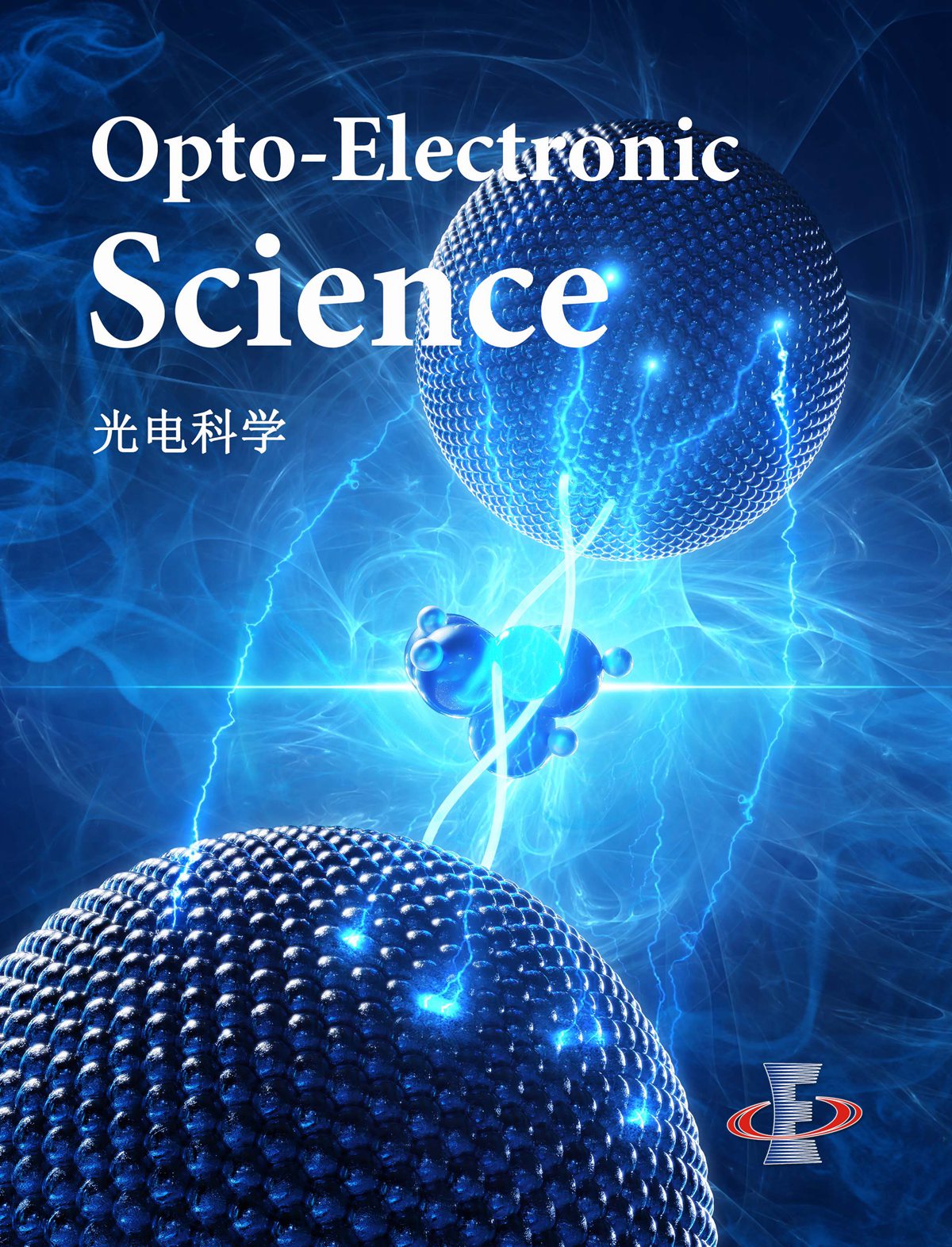 View fulltext
View fulltext
The two-dimensional electron gas (2DEG) generated at the LaAlO3/SrTiO3 interface has been in the focus of oxides research since its first discovery. Although oxygen vacancies play an important role in the generation of the insulator-to-metal transition of the SrTiO3 bare surface, their contribution at the LaAlO3/SrTiO3 interface remains unclear. In this work, we investigated a LaAlO3/SrTiO3 heterostructure with regional distribution of defect-based localized polar sites at the interface. Using static and time-resolved threshold photoemission electron microscopy, we prove that oxygen vacancies are induced near those polar sites, resulting in the increase of carrier density of the 2DEG states. In addition, oxygen-related surface states were uncovered, which we attributed to the release of lattice oxygen during the formation of oxygen vacancies. Such effects are mainly found spatially located around the defect sites at the buried interface, while other regions remain unaffected. Our results confirm that the itinerant electrons induced by oxygen vacancies can coexist with the charge transfer mechanism in the LaAlO3/SrTiO3 heterostructure, together leading to the formation of the metallic interface. These observations provide fundamental insights into the nature of LaAlO3/SrTiO3 interface based 2DEG and unique perspectives for potential applications.
The photonic spin Hall effect (SHE) refers to the transverse spin separation of photons with opposite spin angular momentum, after the beam passes through an optical interface or inhomogeneous medium, manifested as the spin-dependent splitting. It can be considered as an analogue of the SHE in electronic systems: the light’s right-circularly polarized and left-circularly polarized components play the role of the spin-up and spin-down electrons, and the refractive index gradient replaces the electronic potential gradient. Remarkably, the photonic SHE originates from the spin-orbit interaction of the photons and is mainly attributed to two different geometric phases, i.e., the spin-redirection Rytov-Vlasimirskii-Berry in momentum space and the Pancharatnam-Berry phase in Stokes parameter space. The unique properties of the photonic SHE and its powerful ability to manipulate the photon spin, gradually, make it a useful tool in precision metrology, analog optical computing and quantum imaging, etc. In this review, we provide a brief framework to describe the fundamentals and advances of photonic SHE, and give an overview on the emergent applications of this phenomenon in different scenes.










